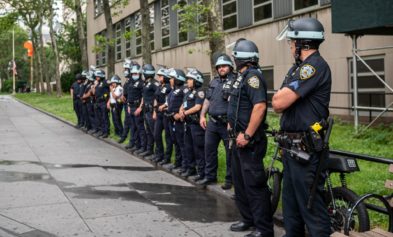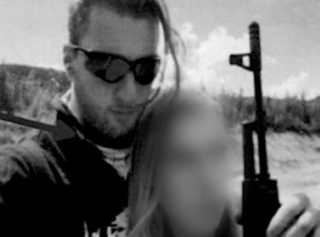As the military and domestic security apparatus of the United States continues to direct its focus on radical Muslims, the shooting at the Sikh temple in Milwaukee by white supremacist Wade Michael Page begs the question: Is America overlooking the threat posed by hate groups?
The New York Times addressed this intriguing question with a roundtable of experts who weighed in on the question.
“Has the government’s focus on Muslim terrorists made us neglect the threat from white hate groups? Should law enforcement pay more attention to them?” the Times asked.
“There was little that law enforcement officials or others could have done to foresee or forestall the racist attack,” wrote Mark Potok, an expert on the American radical right and a senior fellow of the Southern Poverty Law Center in Montgomery, Ala. “Page does not seem to have done anything to suggest that he was planning a slaughter, and his views, fully protected by the First Amendment, were no different from those of thousands of other angry white nationalists.
“Still, the attack occurred in the context of a sharp rise in the number of hate groups and antigovernment “patriot” organizations, mostly spurred by the changing racial demographics of our country, which are personified in our first black president. Domestic, non-Muslim terrorism has been on the rise since Barack Obama took office in 2009. Given that reality, is there something more that law enforcement should be doing?…Perhaps it’s finally time for [head of Homeland Security Janet] Napolitano to take this problem seriously and rebuild and strengthen Homeland Security’s intelligence capabilities to face a clearly mounting threat. That might not have prevented the tragedy in Milwaukee, but it could very well save the lives of untold numbers of other Americans targeted by the racist right.”
“What our law enforcement and policy makers often overlook is that terrorism and hate crimes are rooted in the same irrationality: inflicting pain on innocents who the attackers believe are guilty, by nature of their ethnicity, religion or nationality,” wrote Rozina Ali, an editor at the Management Thinking group of the Economist Intelligence Unit, and a researcher and journalist focused on Middle East politics and Muslim identity in the United States. “Sikhs in the United States have faced hate, violence and discrimination repeatedly over the past decade. On Sunday, a group of them were killed by a lone extremist with links to a white supremacist group….The divide between violent hate crimes and domestic terrorism can be a slim one, and law enforcement needs to see hate groups, too, as a threat to the fabric of this country. Hatred is at the root of terrorism, not religious ideology.”
“The U.S. military, and particularly its investigative branch, has averted its gaze from the growing problem within its ranks,” wrote Matt Kennard is the author of “Irregular Army: How the US Military Recruited Neo-Nazis, Gang Members, and Criminals to Fight the War on Terror,” to be published in September. “When a Department of Homeland Security report warned in 2009 of the threat posed by far-right extremism, Secretary Janet Napolitano apologized to veterans for the report’s imputation that those with military experience were especially susceptible to solicitations from far-right groups. Daryl Johnson, the analyst who wrote the report, was put out to pasture after a ferocious backlash from department officials, the military and some politicians on Capitol Hill. Johnson’s clarion call now looks increasingly prescient….
“The armed forces should have known better after terrorist attacks like the Oklahoma City bombing, which was carried out by its extremist veterans. The significant number of white supremacist veterans now back in the United States, battle hardened and with weapons training gained in Iraq and Afghanistan, should scare every American.”


